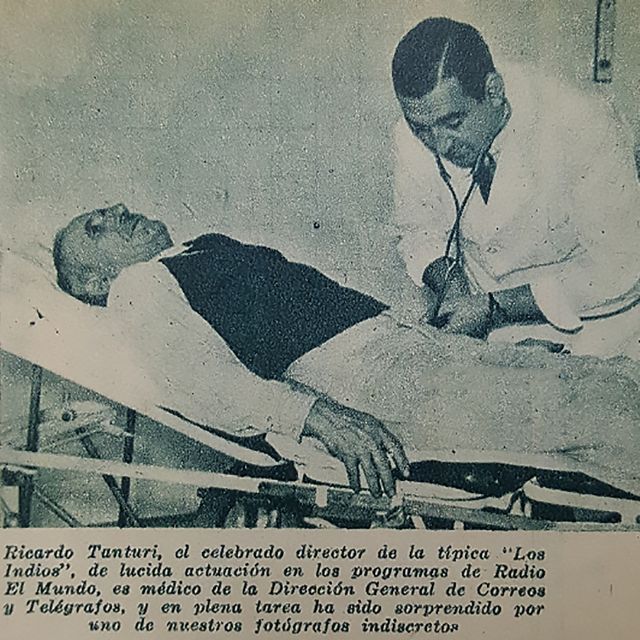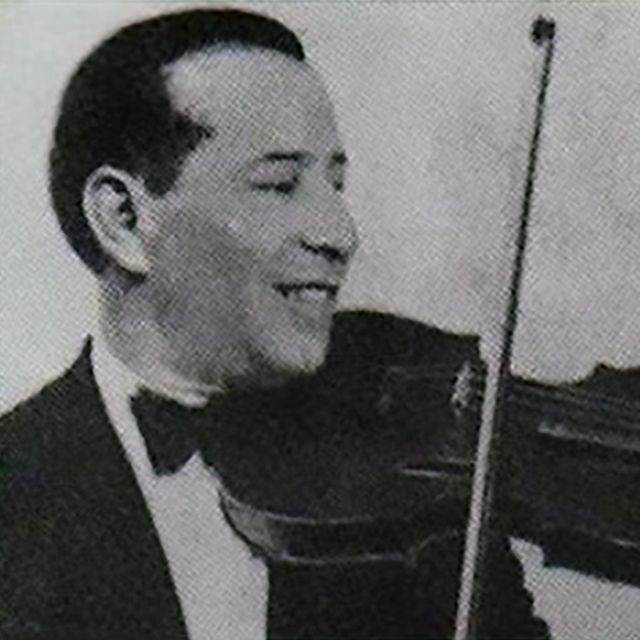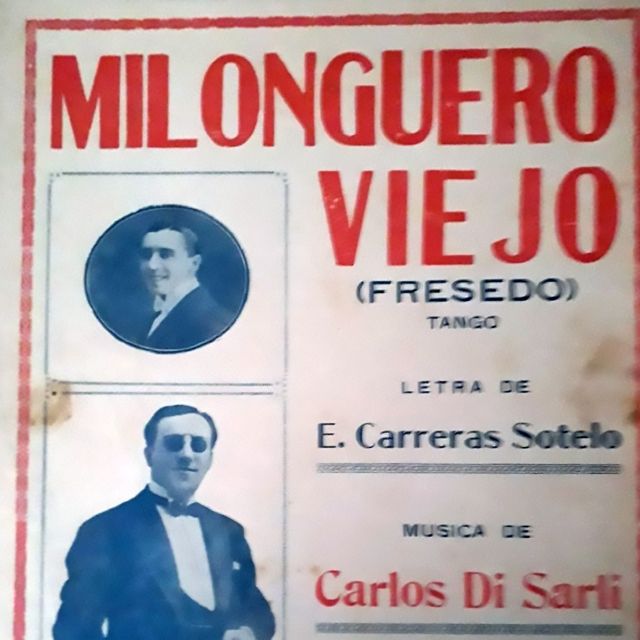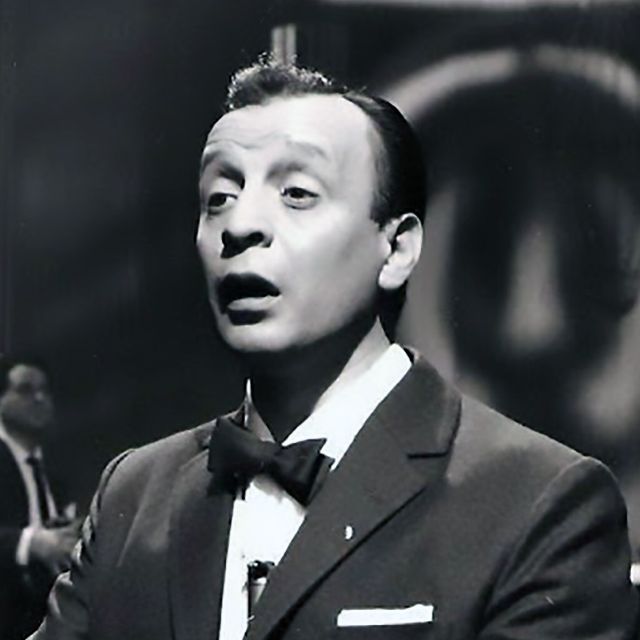“La vida es corta” by Ricardo Tanturi y su Orquesta Típica with Alberto Castillo in vocals, 1941.
 Ricardo Tanturi
Ricardo Tanturi
Pianist, leader, and composer.
(January 27, 1905 – January 24, 1973)
Tanturi’s great success would come in 1939 when he incorporated Alberto Castillo, a great attraction for the public.
Castillo, with his perfect tune, master ability in the use of pitches and mezza voce, seduced the audience in many possible ways: with his exaggerated gestures, his masculine elegance, and neat hairstyle, his gynecologist degree (obtained in 1942), and that sometimes intimate sometimes lively mood, all of which made a show of every tango.
In all the 37 songs recorded by Castillo before leaving Tanturi in 1943, the orchestra let him play the leading role as it did with the singer chosen to replace him, the Uruguayan Enrique Campos. Like Castillo, Campos was concerned with communicating with the public, making no attempts to display his vocal skills. He sang in an indifferent, unexcited, straightforward fashion. Behind him, the orchestra sounded self-confident, precise, and discreet, with perfection. All this turned the 51 songs recorded by Tanturi-Campos into one of the treasuries of the genre.








